What’s Being Kept from the Commission on the Almaty–Oskemen Road, and Why Billions Are at Risk
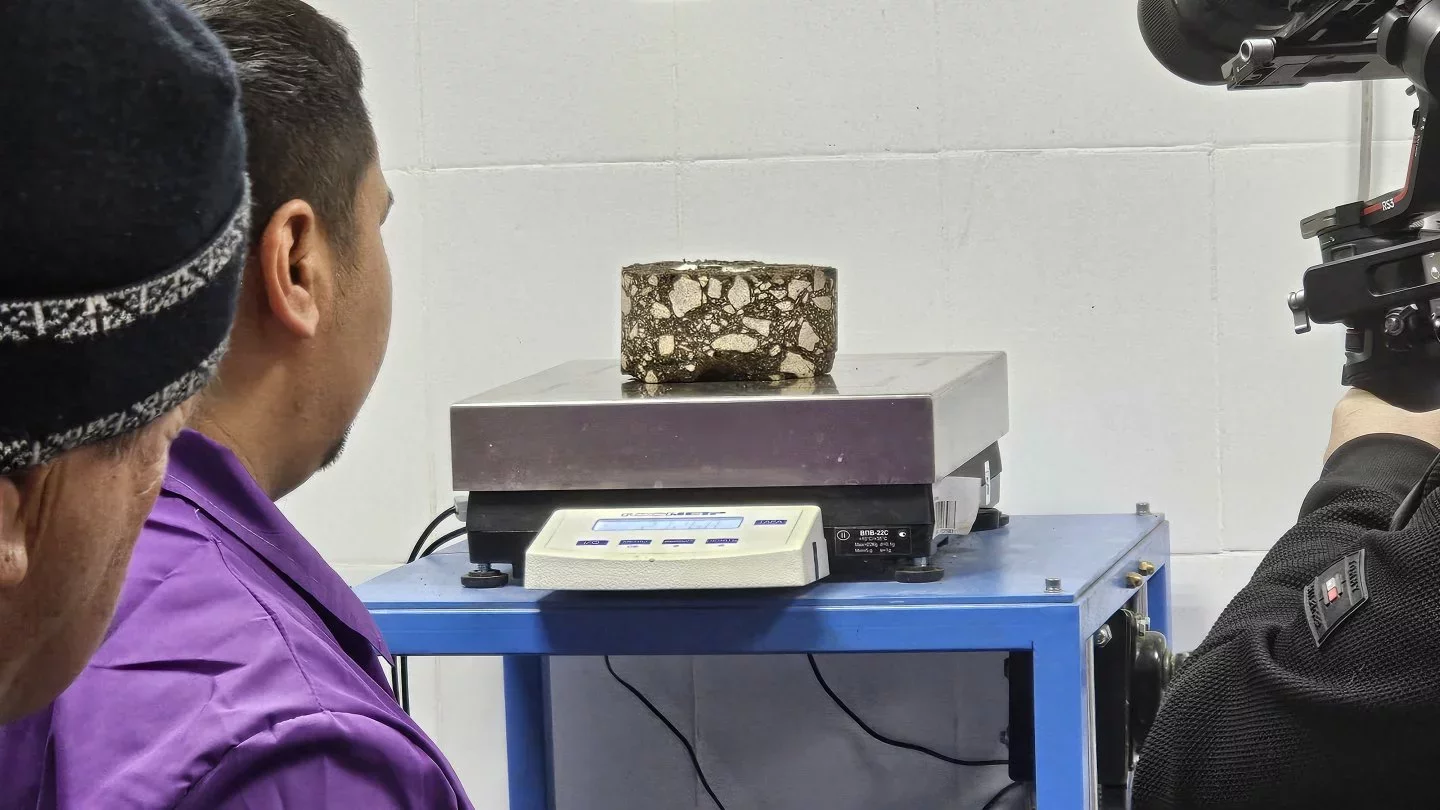 Photo: Orda
Photo: Orda
The Abay Region maslikhat commission decided to inspect the quality of the asphalt on the major Almaty–Oskemen highway. State agencies carried out an examination, but the commission has not been shown the results, which has raised suspicions of serious violations.
According to preliminary estimates, the state may have lost tens of billions of tenge.
An Orda.kz correspondent took part in the inspection and prepared a report.
In Brief
In 2018, CITIC Construction and the government of Kazakhstan signed a contract to build the Almaty–Oskemen highway worth more than 185 billion tenge. The construction was to be financed through a loan from China’s Exim Bank. The road is strategically important not only for the Region, but for all of Kazakhstan.
Its length exceeds 1,000 kilometers, and it directly connects Russia and China: only two regions in Kazakhstan border both countries — East Kazakhstan and the newly separated Abay Region.
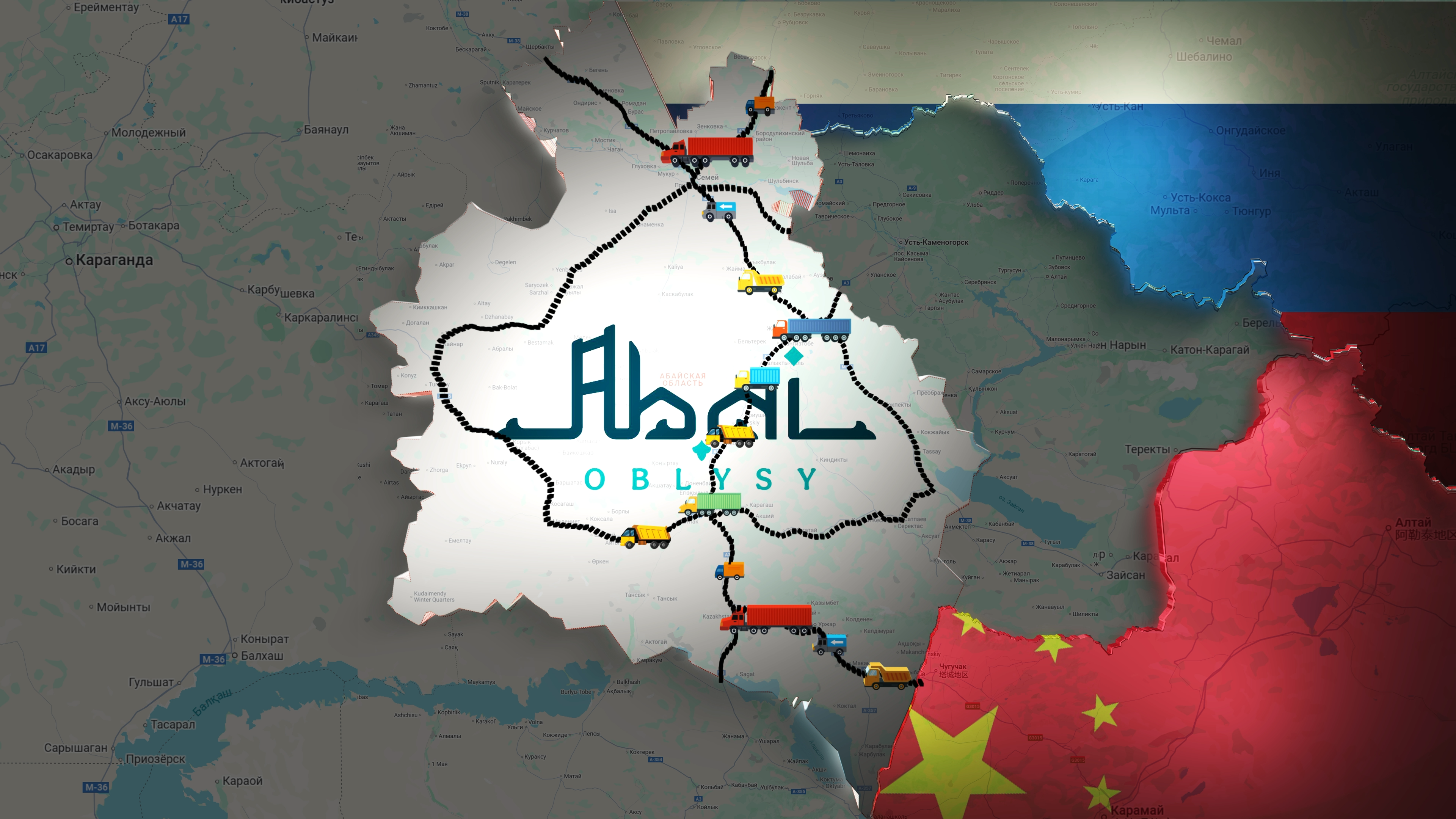
Parts of the highway run through Abay, Jetisu, and East Kazakhstan regions. According to a representative of QazAvtoJol, around 15,000 cars already travel this highway every day.
This traffic is turning the region into a major transit hub for goods from China to Russia and onward to Europe.
For the Abay Region, this flow also becomes a source of significant financial revenue. On average, travelers are expected to spend around 100 billion tenge a year in the region — a sum comparable to the annual budget of Semey.
But local activists doubt that the asphalt on the highway is of good quality.
November 12
Inside the small Semey branch building of the National Center for the Quality of Road Assets (NCQRA), a heated argument is underway.
Branch employees are urging the Abay Region maslikhat commission to sign an act confirming that the tests on the asphalt samples from the major international Almaty–Oskemen highway have been completed.
We previously reported on the conflict surrounding this more-than-1,000-km highway costing over 185 billion tenge.
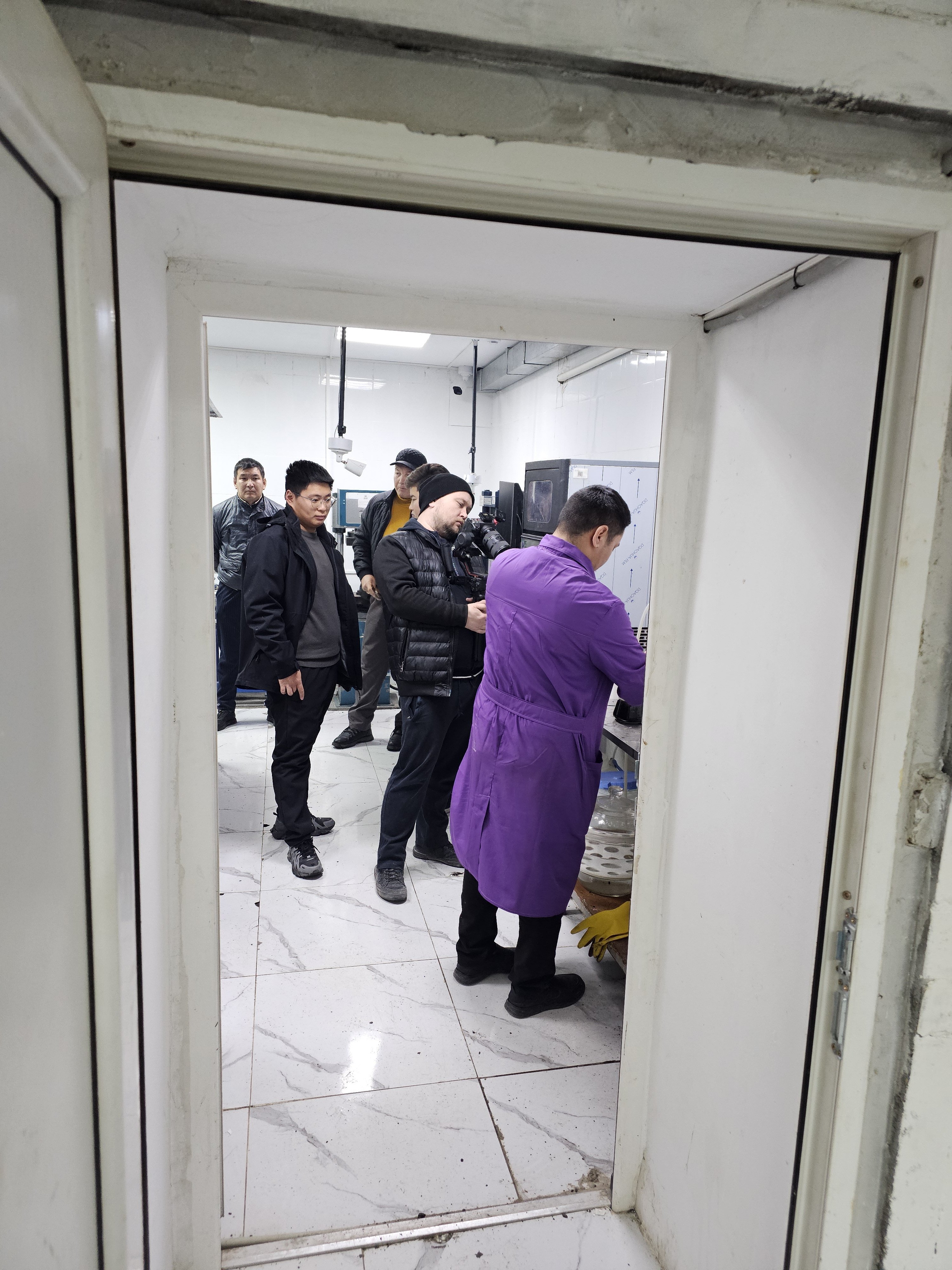
Commission head and Abay Region maslikhat deputy Rafail Khazipov asks to be shown the results before signing. For two days, commission members participated in the testing of the sample. They needed to determine the asphalt’s density, porosity, moisture content, and other characteristics.
The commission hoped to understand whether the asphalt sample met Kazakhstan’s standards.
Rollan Mashpiev had already carried out his own examination in October, which showed several irregularities. According to the independent laboratory that conducted the study, the asphalt is brittle and raw.
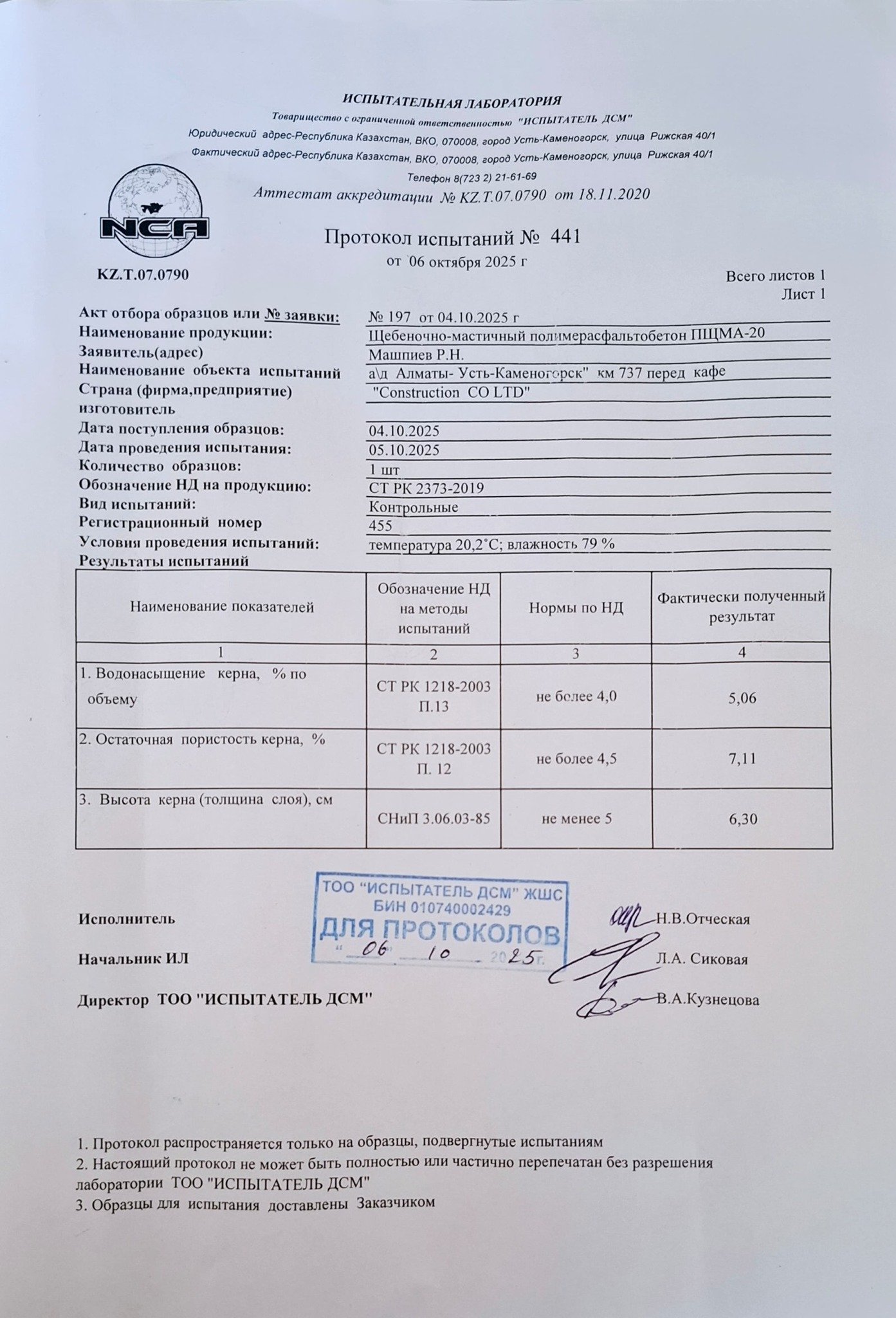
CITIC Construction disputes the findings of Mashpiev’s independent examination and has filed a lawsuit against him for damaging the company’s business reputation.
The new examination, just completed by NCQRA, was supposed to confirm or refute the activist’s conclusions.
We can’t give you the result. We ran the tests — that’s it, a NCQRA employee says (the commission recorded the response on video).
He suggests requesting the results from the Committee of Highways under the Ministry of Transport.
This is despite the fact that the inspection was initiated by the maslikhat commission itself.
Our commission decided to take a core sample and examine it. We took it. We set the time for when the study would begin. The commission took part in the examination until two in the morning. The next day, they gave us a protocol to sign stating that the tests were completed. But they didn’t give us the results: supposedly they have to go somewhere first, to someone, and only after they agree on them will we be given the result. I categorically refused to sign the act. After we left the laboratory, we do not agree to consider these figures reliable, Khazipov said.
The inspection initiated by the commission was indeed unusual. The materials lay slightly apart from the other laboratory samples (in the photo, the sample is marked with the Roman numeral I), whereas the rest of the cores were placed in standard bags with unique barcodes.

According to the signed act, the test was supposed to be conducted not only by NCQRA technicians but jointly with all interested parties. The commission recorded every step of the lab technicians on camera (in addition to NCQRA’s own continuous video recording).
Mashpiev does not understand what prevents NCQRA from providing the required data. An independent laboratory needs no more than a couple of days to issue results (for comparison: NCQRA had not provided the commission with the results of the sample taken on 12 November — six days as of publication).
The staff member clearly said they already have the necessary numbers obtained during testing. We recorded his words on video. But they can’t give them, shifting responsibility. We spent two months traveling around, demanding inspections, and we managed to obtain only one sample. And even for this one, they won’t give us the full picture. We initiated the inspection. And they refused to give us information even verbally. Why hide anything if the sample is good? Mashpiev said.
Khazipov concludes:
Whatever results they present to us later, we cannot be confident in them. The results can simply be falsified. There is no trust.
A strange situation. Does the head of the Abay Region maslikhat commission on foreign investment have grounds to doubt the quality of a road built by a major foreign company, and the quality of NCQRA’s examination?
And if so, what are those grounds?
What The Inspection Revealed
On the one hand, practically nothing, since the data was not disclosed.
On the other hand, the small amount of information that was accidentally revealed raised questions among commission members.
I consulted with people who understand roads. What should be the thickness of the first and second layers? It was stated as 15 centimeters — five centimeters of asphalt and 10 centimeters of the layer beneath it. When we asked during the examination to measure it, we were refused. But when we previously extracted the core on the highway, it was about 13 centimeters. Which already didn’t meet the requirements. If you take the entire road — its width, length, and calculate the cost of the missing two centimeters, the savings could exceed 17 billion tenge. We haven’t been given any explanations yet, Khazipov said.
According to the commission, during the 11 November examination, NCQRA representatives refused to measure the thickness of the pavement layers and include these values in the protocol.
However, the overall thickness was measured on 9 November during the core extraction on-site (and even recorded on video).

The commission was also given project documents confirming that the thickness of the two top layers should indeed be 5 and 10 centimeters.

The situation remains unresolved. In theory, this thickness could have been adjusted after the commission was shown the project.
Two missing centimeters may seem like a minor detail. But given the road’s 1,000-km length, they translate into savings worth billions of tenge.
Verifying this requires additional investigation.
Khazipov notes that a single sample is not enough to draw conclusions about the entire project. But for now, it is the only data he has — the thickness of this core. No other information has been provided yet. The commission will make conclusions about possible violations only after collecting and studying dozens of samples.
In September 2025, the Abay Region maslikhat commission initiated the process of collecting samples on the Almaty–Oskemen highway. They planned to assess not only the thickness, but also the overall quality of the asphalt.
However, they were unable to proceed — the construction company and technical supervision did not agree.

Mashpiev voiced concerns:
Will they even let us take dozens of cores? We spent two months pushing for the extraction of this one sample. And in the end, they didn’t give us the results of its testing. I have a strange feeling that no one in this system is at all interested in independent inspections. We tried to record questionable moments on video. We will continue to look into this.
An Orda.kz journalist also noticed a change in NCQRA staff behavior.
On the first day, all participants were treated as equal parties in the process, and NCQRA technicians allowed everything to be filmed — including the lab tablets where results were recorded.
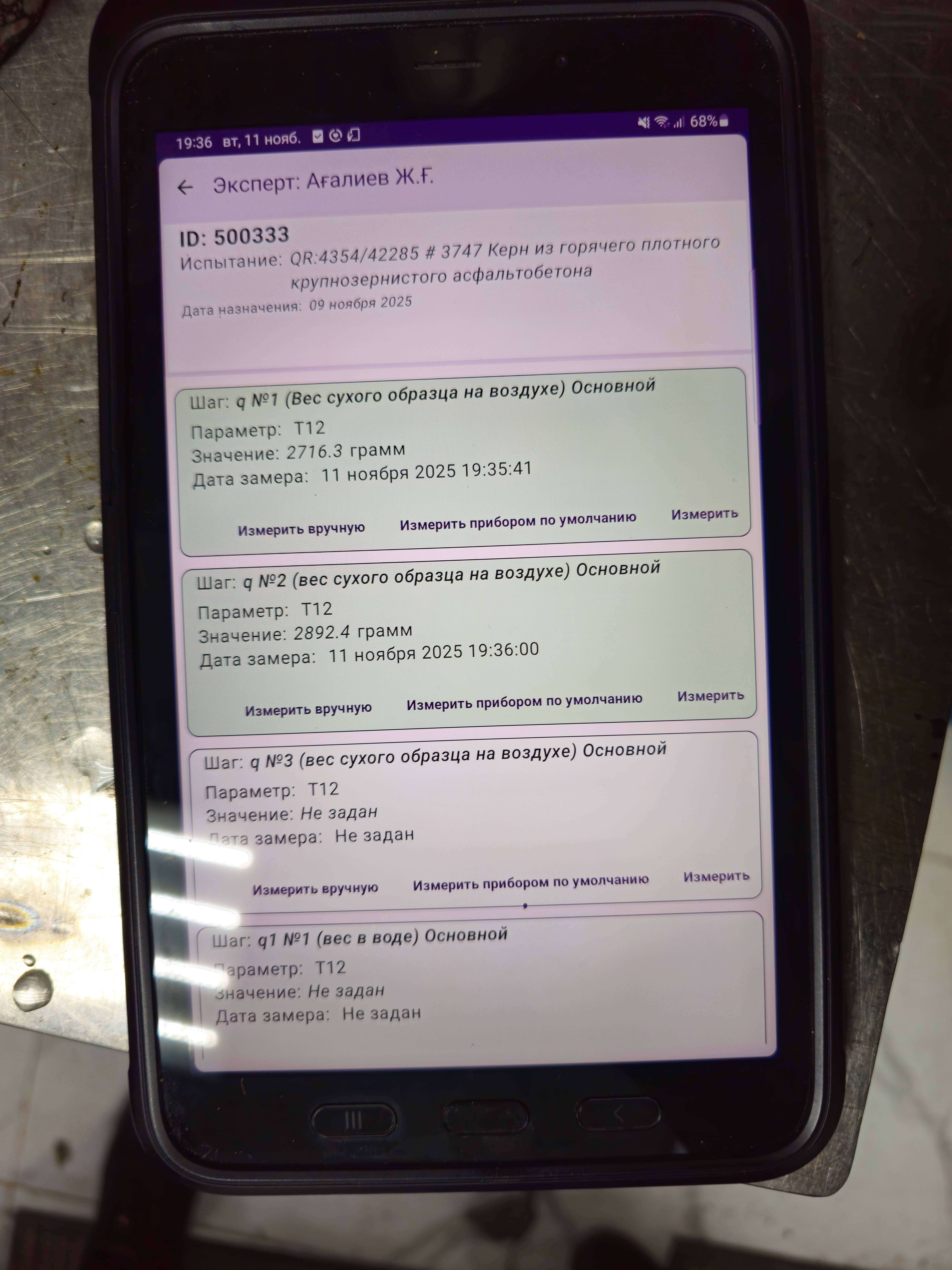
On the second day, NCQRA employees said the tablets could not be filmed.
Mashpiev continues:
Everything that’s happening suggests there is protection, lobbying to avoid any further checks. They don’t want real inspections. The surface is peeling, crumbling. They ignore all of it. And the warranty on this road is two years, which contradicts Kazakhstan’s standards requiring at least five years. I believe the Anti-Corruption Service of the National Security Committee needs to investigate everyone responsible for quality control on this road. There is no trust in the quality. The road has been used for only a year, and the asphalt is already deteriorating.
The issues raised directly concern the transparency of the entire road construction system. Formally, Kazakhstan has effective quality control. In practice, inspections are selective and allow room for corruption through informal agreements between builders and inspectors. If contractors know where samples will be taken, they can make sure only those sections are built properly.
And once again, there is the question of warranty periods.

It is still unclear why a major foreign company was granted the minimum warranty period, during which it must spend its own resources on repairs. Ministry representatives attribute it to certain “international requirements.”
Kazakh road specialists also note that major road-construction contracts often go to foreign companies.
It’s very difficult for Kazakh companies to participate in tenders for major road construction. The money is borrowed. Banks, the EBRD, the World Bank… Almost nothing is built with budget funds now. All these tenders are conducted by QazAvtoJol together with the banks. The requirements are extremely high for Kazakh companies. The average turnover of participating companies over three years must be at least 100 million dollars. I don’t think we have a single Kazakh company with that turnover — 100 million dollars every year for three years, said Bauyrzhan Kairambayev, a representative of a construction company in Semey.
The Kazakh government chooses foreign companies for higher-quality implementation of major projects. It gives them large sums of money (which means part of it leaves the country). But at the same time, it sets conditions under which the quality of work may end up being lower than Kazakhstan’s own standards.
All photos and video stills were provided by Rafail Khazipov, head of the Abay Region maslikhat commission on foreign investment.
Original Author: Ilya Barokhovsky
Latest news
- Kazakhstan: Blogger Nordkazakh Sentenced to Nearly Four Years in Prison
- Exxon, Carlyle, and ADNOC Line Up for Lukoil’s International Portfolio
- Archaeologists Uncover a Large Bronze Age Settlement in East Kazakhstan
- Armenian Court Prolongs Detention of Tashir Group Founder Samvel Karapetyan
- ALMEX Preps to Sell 4% Stake in Halyk Bank Worth 159 Billion Tenge
- Inside the Algabas Tragedy: What Is Known So Far
- What’s Being Kept from the Commission on the Almaty–Oskemen Road, and Why Billions Are at Risk
- Fourteen-Year-Old Boy Dies After Alleged Assault in Talgar: Family Disputes Investigation
- Kazakhstan Welcomes UN Gaza Peace Plan
- Smog Engulfs Oskemen: Multiple Pollutants Exceed Limits
- Chinese Refinery Drops Russian Oil, Turns to Kazakhstan and UAE
- Zelenskyy Heads to Türkiye for Talks as Kremlin Spokesperson Says Russian Reps Won’t Participate
- Kazakhstan Introduces Fines for Misuse of Artificial Intelligence
- Estonia to Store Kazakh Grain Free for 90 Days Under New Export Deal
- Twelve People, Including Nine Children, Killed in House Fire in Turkistan Region
- No Buyers for Satybaldyuly’s Confiscated Market Asset
- Aigerim Tleuzhanova Taken to Hospital, Lawyer Says
- Atyrau Residents Raise Concerns Over State Program Buildings' Quality
- Kazakhstan Sees Sharp Increase in Foreign Labor
- Reuters: Chevron Weighs Bid for Lukoil’s Foreign Assets

